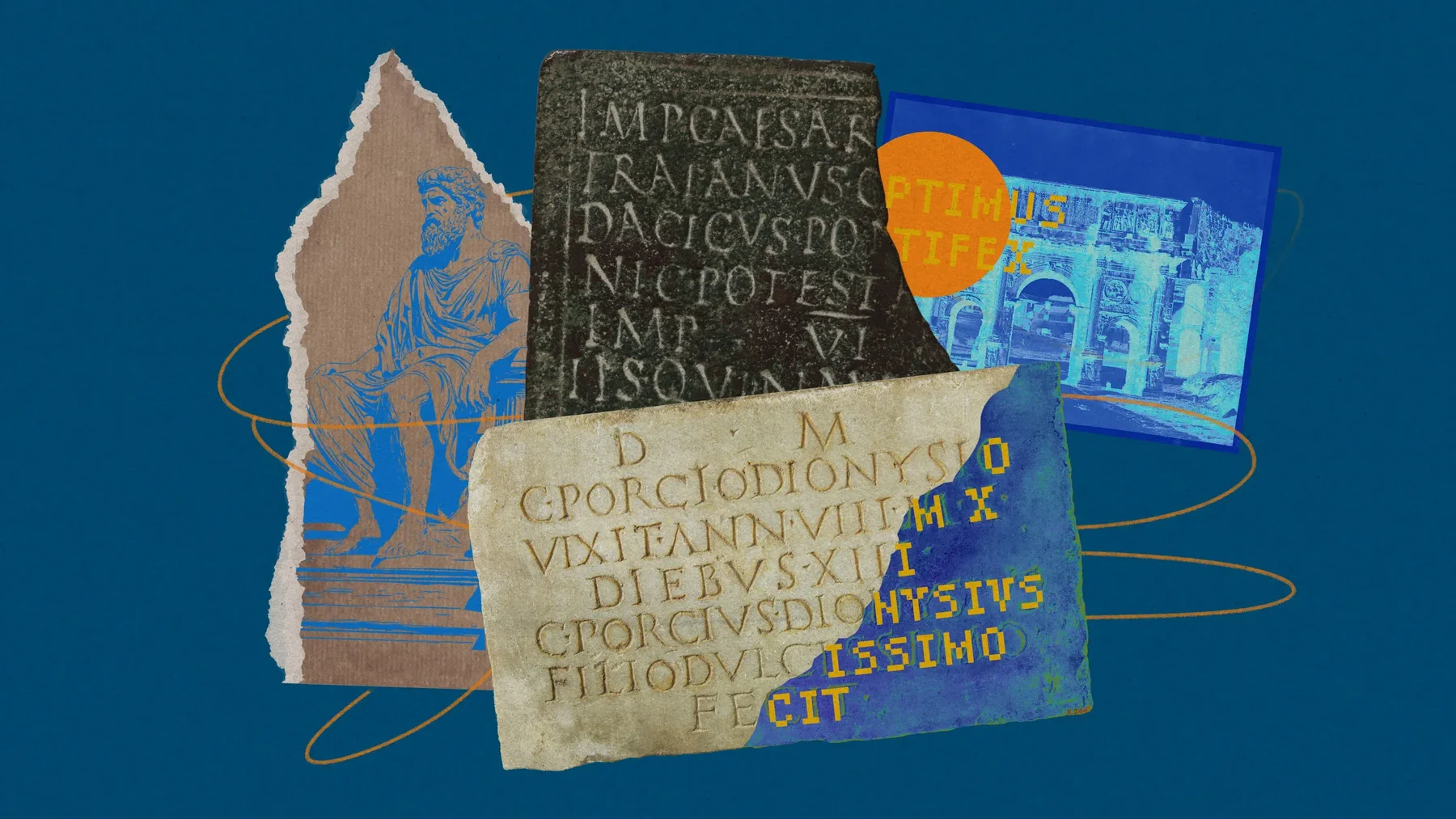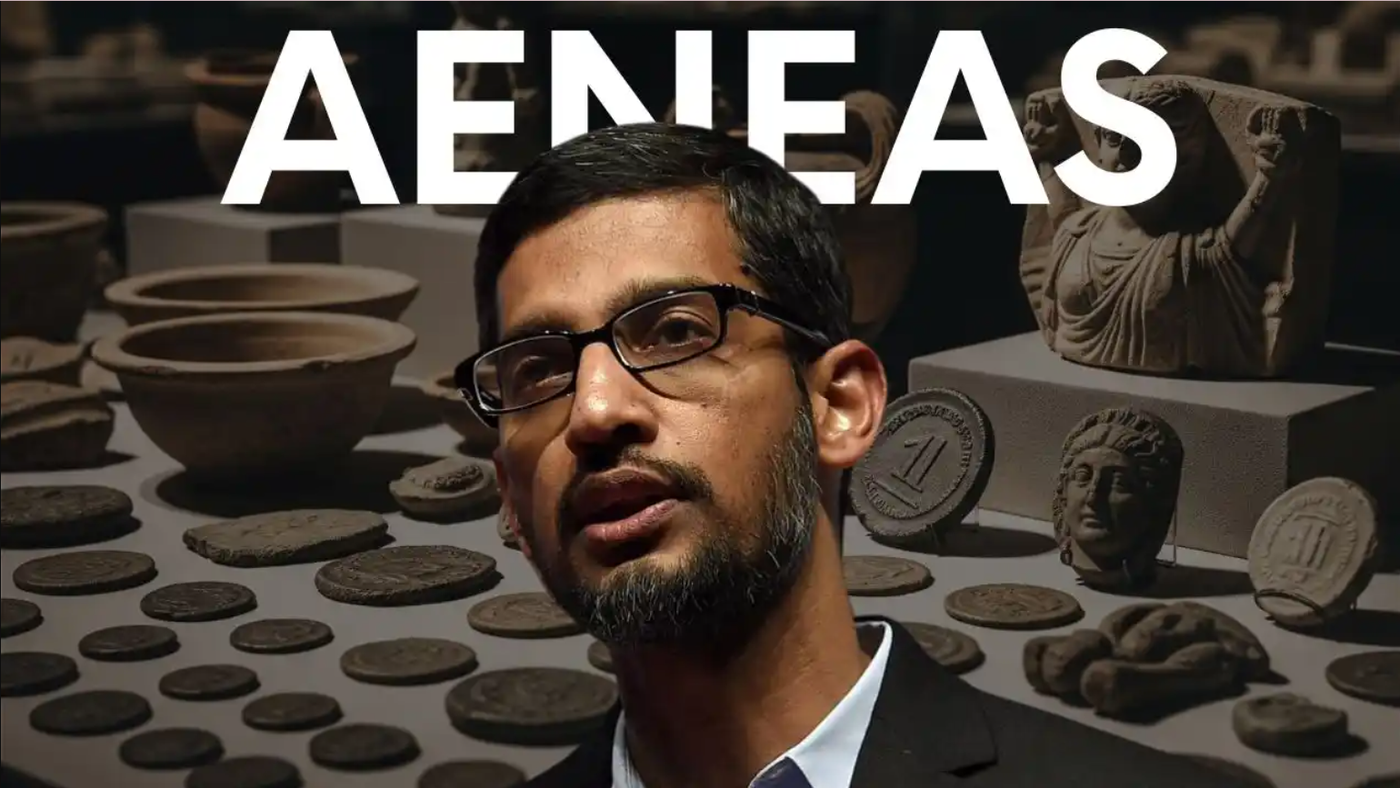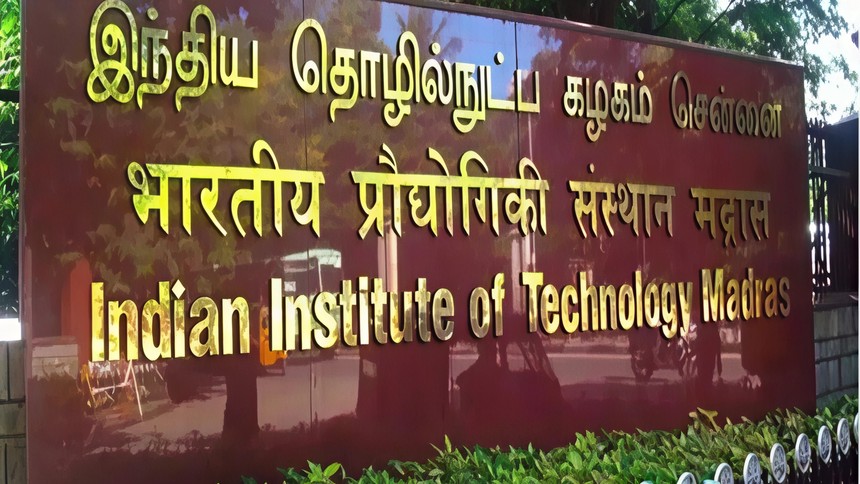For centuries, ancient Roman inscriptions have been a vital source of information about laws, traditions, trade, military achievements, and even personal stories of everyday people. But time has not been kind to these relics. Many are worn, incomplete, or barely legible, making it difficult for historians to piece together the past. Now, a breakthrough in artificial intelligence promises to change that.
Google DeepMind has developed Aeneas, a specialized AI model designed specifically to read, interpret, and restore ancient Roman inscriptions. The tool’s name is inspired by Aeneas, the legendary hero of Roman mythology, and its capabilities are nothing short of revolutionary. Trained on an enormous dataset of nearly 200,000 Latin inscriptions dating from the 7th century BCE to the 8th century CE, Aeneas has been built to understand the nuances of ancient language and culture across regions as vast as Portugal to Iraq.
Aeneas can analyze high-resolution images of damaged inscriptions, predict missing words or letters, and even estimate the time period and location of the original carving. This means historians can not only fill in the blanks of incomplete texts but also cross-reference them with other known inscriptions to better understand their context.
Experts say this AI is far less likely to make random or historically inaccurate guesses compared to general-purpose AI models. Because it is trained exclusively on Latin inscriptions, its predictions are grounded in authentic historical data. University of Sydney historian Anne Rogerson praised the model, noting that Aeneas’s suggestions are informed reconstructions, not baseless assumptions.

One of the most exciting aspects of Aeneas is its accessibility. Google DeepMind has made the model, along with its code and data, publicly available and free to use. This opens the door for students, researchers, and history enthusiasts to work with the same advanced tools as professional historians. By making it available to everyone, DeepMind hopes to accelerate discoveries and deepen our understanding of Roman history.
With approximately 1,500 new Roman inscriptions discovered every year, Aeneas could help turn what was once an overwhelming catalog of incomplete artifacts into a far clearer and more detailed narrative of one of history’s most influential civilizations.
For more breakthroughs in technology and AI innovations shaping our world, follow Tech Moves on Instagram and Facebook.














